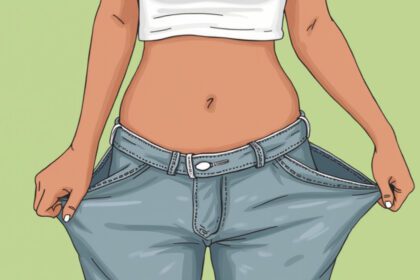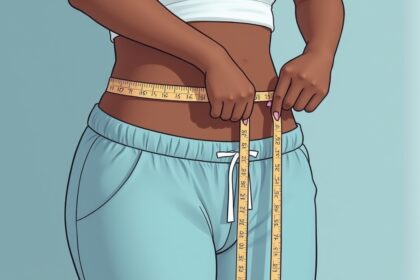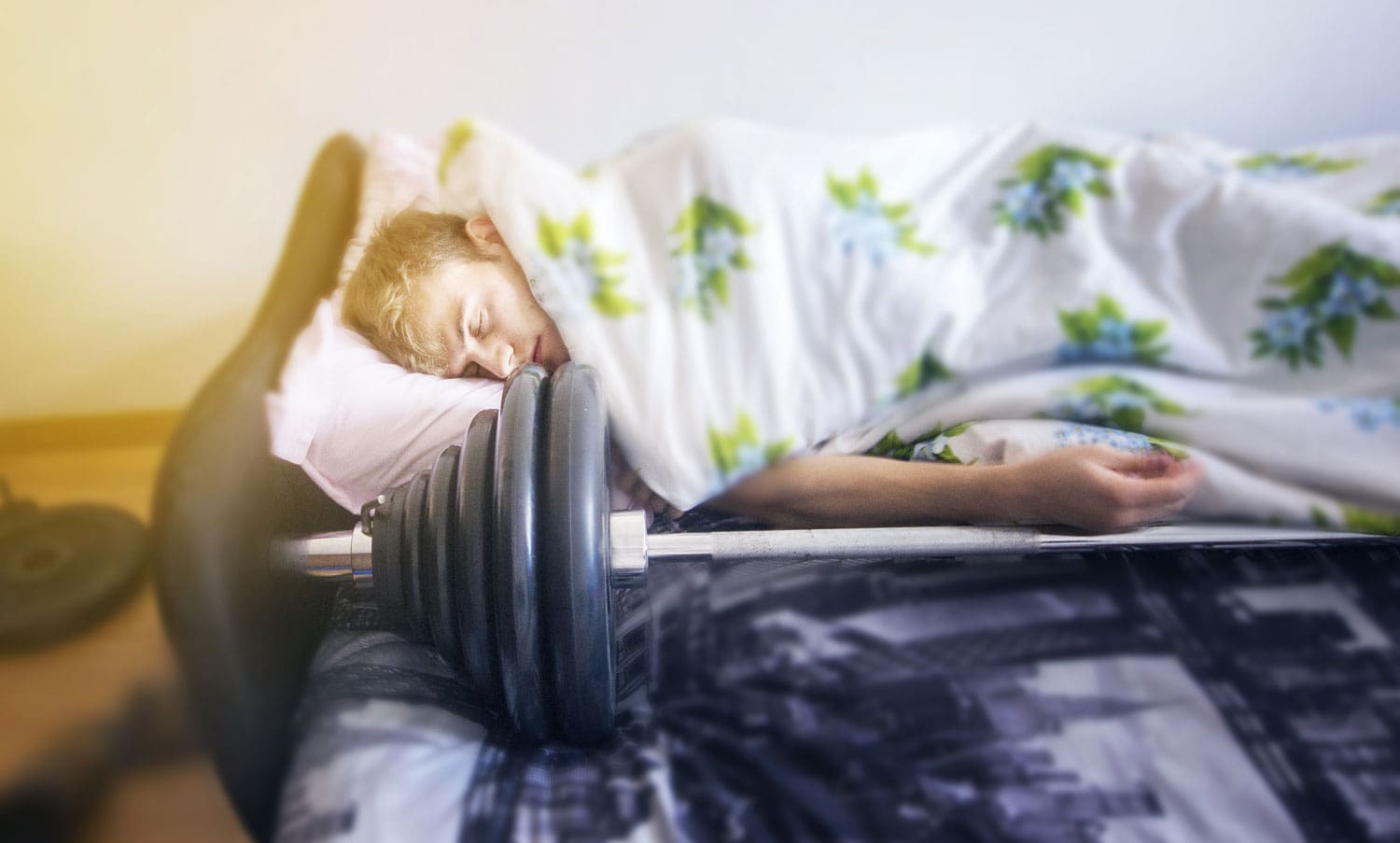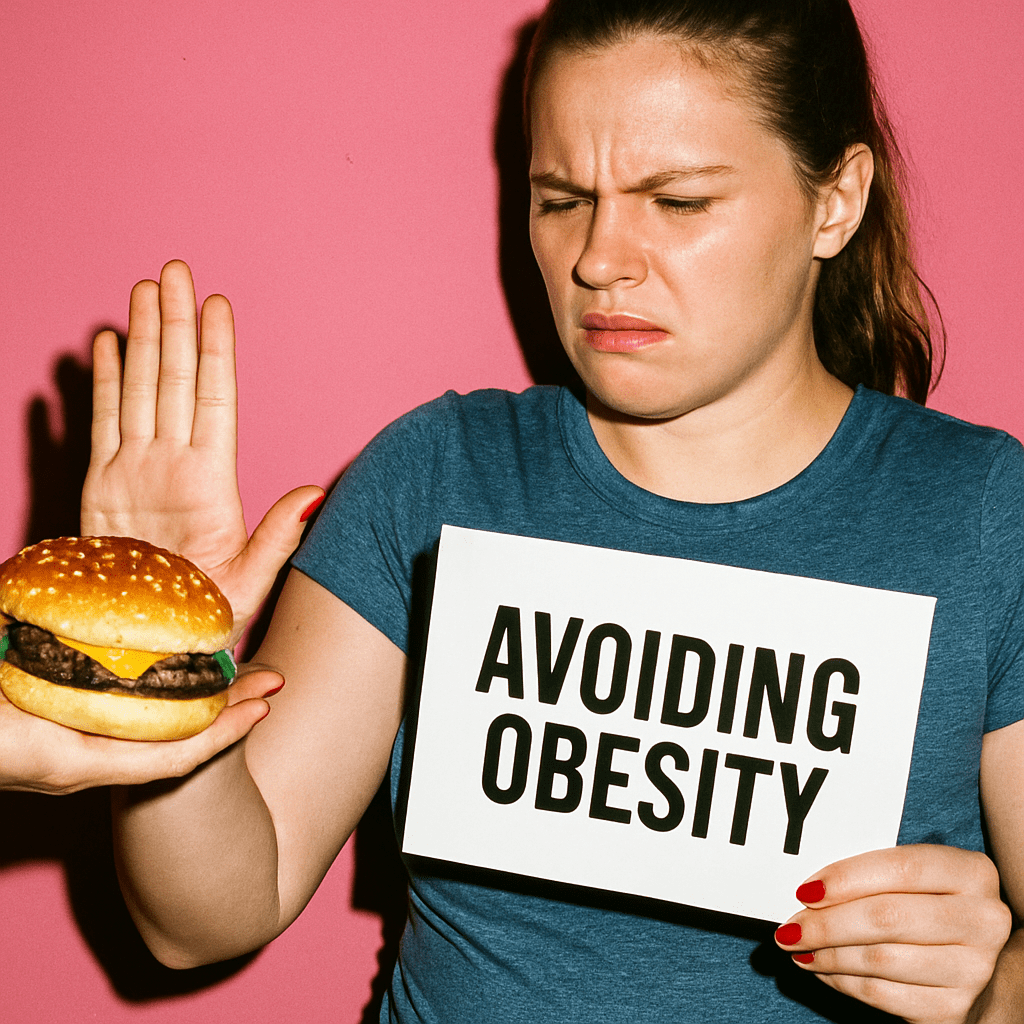By Taylor Solomon
Obesity is a condition that many people, including children, teens, and adults, struggle with daily. Many times, adults attribute their obesity to their heavy scheduling, lack of healthier food options, and the high price of organic foods. They typically place the blame for their obesity more on the foods they eat than their daily habits. Young children and teens can also be obese. A Johns Hopkins study found that, “About 17% of children aged 2 to 19 are considered obese, compared to over 35% of adults who are considered obese.” Children and teens struggling with obesity is usually attributed to lack of exercise and unhealthy eating habits. There are multiple ways to combat obesity and gaining extreme amounts of weight. They do not necessarily have to be through extreme dieting or surgery. There are some simple and fun ways to be healthier through diet and basic exercises.
There are very simple ways that children, teens, and adults can stop from becoming obese and or lose weight after becoming obese. There are also many fun ways to lose weight like dancing, golf, and basketball. But, to ensure those who exercise are consistent, it’s important to create a routine or set up a schedule to ensure time is set aside. By setting aside a specific time, you are more likely to follow through with the activity and stick to the plan. Creating a workout plan with a professional allows targeting goals and doing exercises and activities that are more beneficial to the overall goal. There are also different and more vigorous activities to produce weight loss and maintain a healthy physique. A 2016 study suggested “Weightlifting, push-ups, and other muscle-strengthening activities build muscle mass, increasing the energy that the body burns throughout the day-even when it’s at rest-and making it easier to control weight.” Performing exercises that strengthen muscles instead of running until failure makes a greater difference that can last over time, further increasing weight loss even during sleep. It is recommended to do an hour of exercise each day to maintain weight. Taking that into account, exercise must at least double the time to start to lose weight and see differences. While going for a walk and dancing may be easy and fun, it will most likely not decease weight in obese people. Participating in vigorous activity is more effective in the weight loss process as well as while attempting to maintaining a healthy weight. A 2016 study stated “Moderate-intensity physical activity is defined as activities that are strenuous enough to burn three to six times as much energy per minute as an individual would burn when sitting quietly, or 3 to 6 METs. Vigorous-intensity activities burn more than 6 METs.” The study further stated that vigorous activity (weightlifting, running, and hiking) are simple, effective ways to exercise. They provide the additional benefit of burning a greater number of calories and increasing the number of calories burned while the body is at rest.
For children and teens, the approach is a little different. A Johns Hopkins study suggested children need a different level of physical activity then an average adult because, “Children should have 60 minutes of moderate physical activity most days of the week. More than 60 minutes of activity may promote weight loss and provide weight maintenance.” While children need 60 minutes of daily exercises, adults only need 30 minutes to maintain weight. This represents a vast difference in the amount of exercise needed to lose weight and keep the weight off. Children must become more active, which could begin with reducing screen time and limiting the amount of inactive time while indoors. Involving children in group activities and teams is also a great way to allow them to stay active while also having fun and being social. A 2015 study revealed there are other benefits besides staying active and getting the exercise needed to maintain a healthy body. The study stated, “looking at the performance of students in grades 9 to 12 showed that more than 97% of student athletes graduated high school, 10% higher than those students who had never participated in sports.” Besides the social and academic benefits, team sports encourage children to exercise and keep up with their peers. By simply joining a team sport, a child is given the opportunity to exercise, socialize, and gain some academic benefits. They will be maintaining healthy habits to lose or maintain their weight which, in turn, limits the probability of becoming obese.
Aside from exercise, nutrition plays a large part of the weight loss process. There is a misconception that by picking a specific diet (low-fat, Mediterranean, or Keto) weight will magically drop, when that is just not the case. An effective way to lose weight while still being nutritious and safe is by replacing some foods already eaten with a healthier substitute version. For example, in a 2016 Harvard study “People who ate more red and processed meat over the course of the study gained more weight-about a pound extra every four years. People who ate more nuts over the course of the study gained less weight-about a half pound less every four years.” This study suggested that small changes, like picking fish or beans over red meat, can make a substantial difference in the amount of weight gained over time. Cutting out processed foods, sugary drinks, and alcohol are very simple steps on the path to reducing obesity. Another way to ensure that the food being consumed is beneficial and not harmful to weight loss is by using a food tracker. Implementing a food diary into daily life helps to track patterns. Tracking how many calories are taken in and how many calories are expending if exercise is added to this food diary. There are resources that allow tracking of daily activities and meals. According to a 2020 paper, My Plate allows users to “look up nutritional information of foods, track your calorie intake, plan meals, and find healthy recipes.”
For families, it may be a bit easier to change daily eating habits together and ensure there is enough physical activity during the day to lose weight. While children and adults need different levels of activity, implementing daily activities to meet the physical activity minimums can be implemented. Simply dancing after dinner or going to play a family game of ball helps everyone in the household to get the physical activity needed. Also, being in the same house can keep others accountable by changing habits for all instead of just one person. To ensure children do not become obese it is important for parents to set the standard for healthy habits and eating in the home. A Johns Hopkins paper suggested, “Be a role model. Parents who eat healthy foods and participate in physical activity set an example so that a child is more likely to do the same.” Parents who show their children how to stay active and eat healthier can make it easier for the child to maintain those habits, further preventing them from becoming obese in the future.
It is a two-step system to lose weight to avoid becoming obese. A good combination of healthy eating habits and an effective exercise regimen are needed to lose weight and keep the weight off. Weight loss from healthy eating alone or only exercising every day. A healthy balance of both is important to promote weight loss. Obesity is not something that happens overnight and can be combatted by reducing sugary foods, increasing daily activity and exercise. In the end, it’s important that the goal is to live and maintain a lifestyle with healthy eating habits while getting enough exercise to strengthen the body.
References
“Food and Diet.” Obesity Prevention Source, 8 Apr. 2016, https://www.hsph.harvard.edu/obesity-prevention-source/obesity-causes/diet-and-weight/.
Maslen, Paige. “The Social and Academic Benefits of Team Sports.” Edutopia, George Lucas Educational Foundation, 29 Dec. 2015, https://www.edutopia.org/discussion/social-and-academic-benefits-team-sports.
“Physical Activity.” Obesity Prevention Source, 12 Apr. 2016, https://www.hsph.harvard.edu/obesity-prevention-source/obesity-causes/physical-activity-and-obesity/.
“Preventing Obesity in Children, Teens, and Adults.” Johns Hopkins Medicine, https://www.hopkinsmedicine.org/health/conditions-and-diseases/obesity/preventing-obesity.
“Strategies to Prevent & Manage Obesity.” Centers for Disease Control and Prevention, Centers for Disease Control and Prevention, 29 Oct. 2020, https://www.cdc.gov/obesity/strategies/index.html.







































